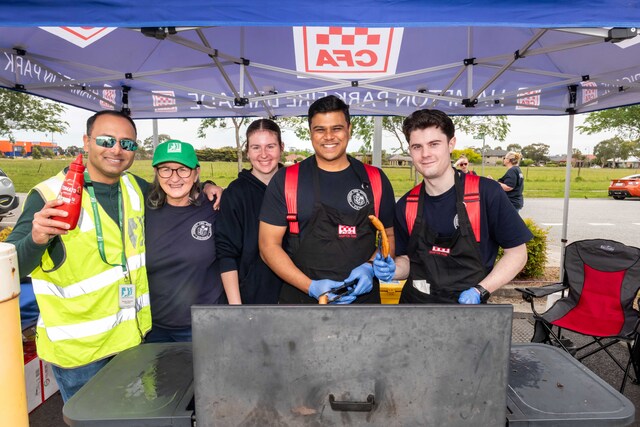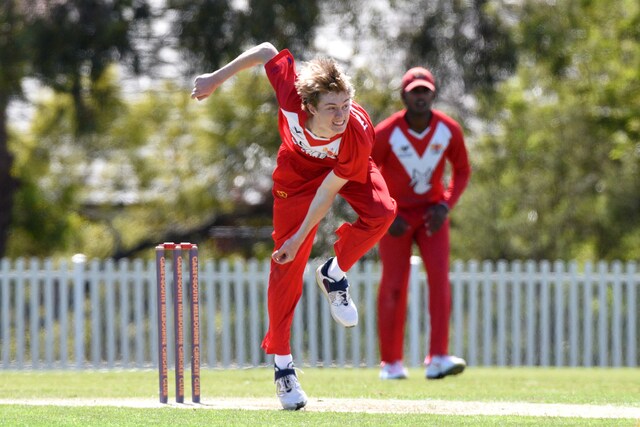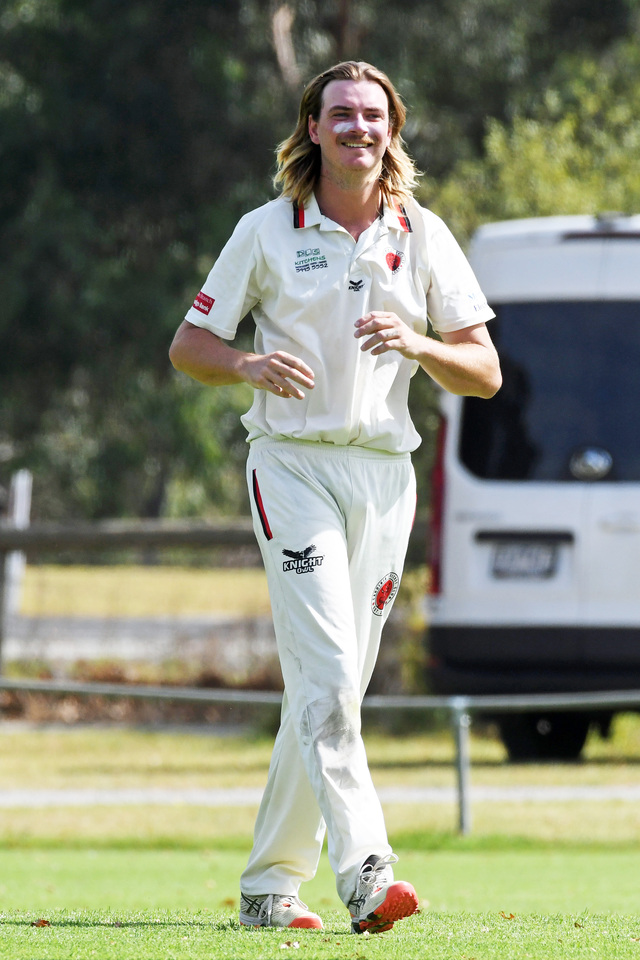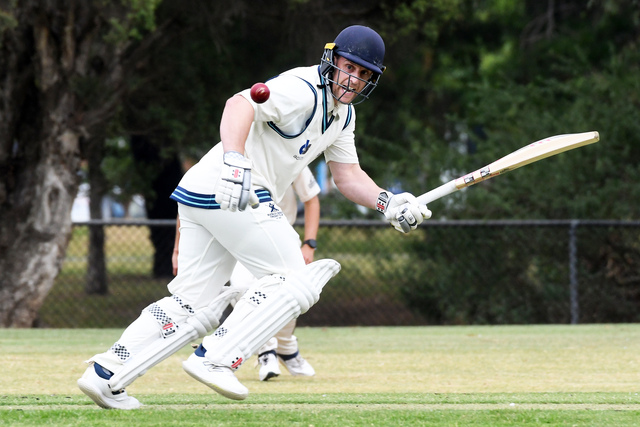By Alison Noonan
VICTORIA Police is investigating how hundreds of gruesome crime scene photographs ended up in a bin at a Cranbourne shopping centre.
About 330 photos showing graphic images of murder victims from the 1990s who had been stabbed, bashed and burned were found by a resident about a month ago.
It is believed the photos include close-ups of Irish tourist Nicholas McNulty, 28, who was stabbed to death while taking his dog for a run in 1997.
They also reveal shocking pictures of young mother Corie Lynette Ralston, who was stabbed 30 times and bashed to death with a rock in the same year.
The latest police privacy breach comes just months after the State Government came under fire over the leaking of thousands of secret police files.
Opposition leader Robert Doyle said he had been concerned for some time about police security and demanded immediate answers.
“These are the most graphic and shocking photos of bodies, crime scenes and autopsies,” he said.
“How do such photographs get left in a dumpster for a passer-by to distribute in a hotel?
“We need answers about whether police can keep this confidential material where it should be – out of the public eye.
“These are the sort of things that should be kept under lock and key and accounted for. They have not been.”
A spokesperson for Police Minister Tim Holding said Victoria Police and the Department of Justice were investigating how and why the photographs wound up in public hands.
“We don’t know how they got there,” the spokesperson said.
“These photos come into the hands of a number of people during the course of an investigation, including police, legal aid and prosecutors.
“However, there are all sorts of requirements for police and other agencies to destroy this sort of evidence when they are finished with it,” the spokesman said.
Police this week said they had viewed the photographs and were confident they had not been sourced from Victoria Police.
A media release issued by police on Tuesday stated multiple sets of photos were produced as part of the court process and distributed to various parties during the course of a trial.
The release said these photos formed parts of briefs of evidence to provide to the defendant, lawyers, Office of Public Prosecutions and jury members.
“These photographs, once tendered in court, become a public document and can be viewed and obtained by the public, including the media,” it said.
“If the photographs form part of an inquest brief, they become a public document once lodged with the registrar at the Coroners Court.
“Photographs used in a murder brief are securely held in the possession of Victoria Police.
“Once the mandatory appeal period has expired, copies of the photographs are archived. Surplus copies are disposed in a secure method.”
However, police are conducting an internal investigation into whether their methods of disposal need to be reviewed.
Find a gruesome picture
Digital Editions
-

Community backs Safe Plate Day
Purchase this photo from Pic Store: 510672 Local residents rolled up to Marriott Waters Shopping Centre on Saturday 25 October for another successful Safe Plate…





